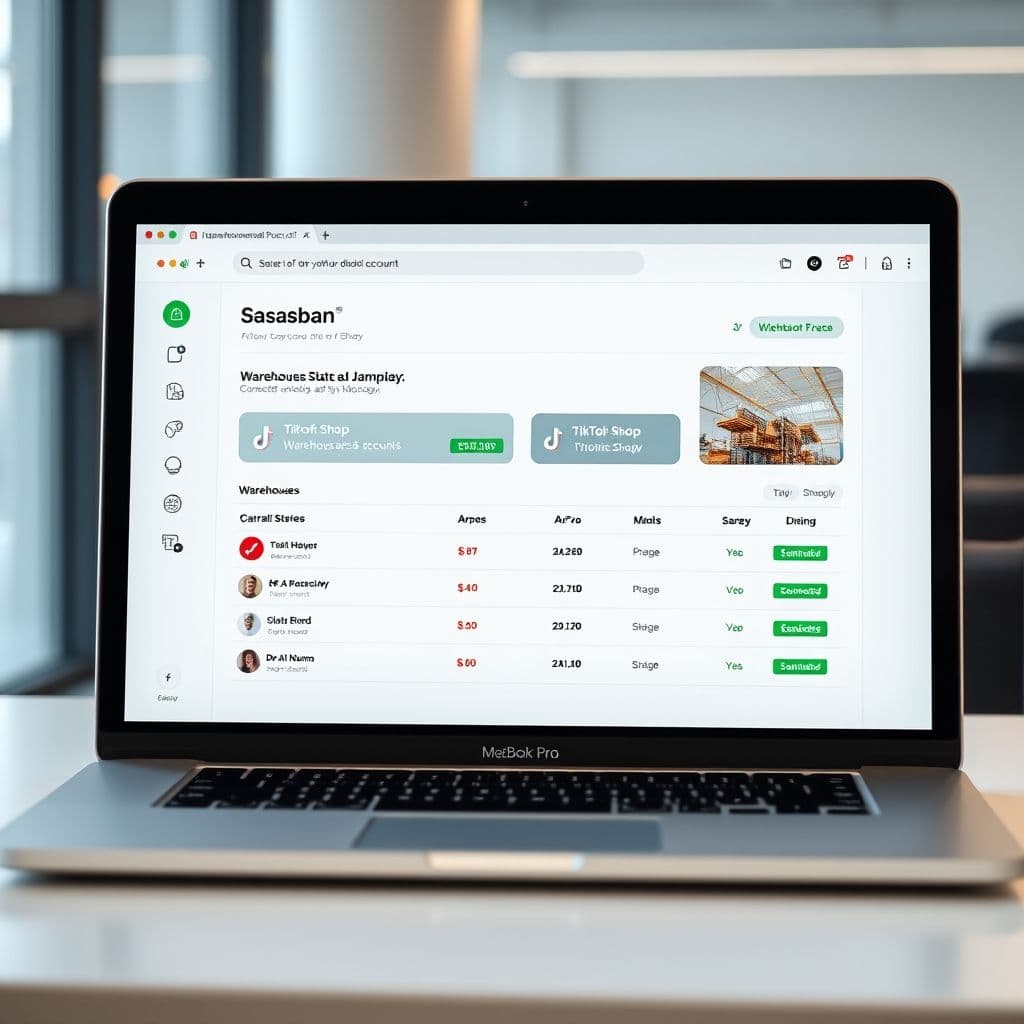The Shopify-TikTok Shop Integration Problem: A Potential SaaS Solution

For dropshippers using TikTok Shop, one of the biggest challenges is connecting all the necessary components - Shopify stores, warehouse partners, and TikTok's platform. The confusion and frustration around this process is palpable across social media, with many entrepreneurs struggling to 'connect the dots' in their ecommerce workflow.
The Problem: Why Integration is So Challenging
The current process of connecting Shopify with TikTok Shop and warehouse services involves multiple complex steps that aren't clearly documented. Users report confusion about: whether they need separate accounts with each warehouse, how to establish relationships with suppliers, which warehouses are TikTok-compliant, and how to properly link all these services together. The lack of centralized information leads to trial-and-error approaches, wasted time, and potential compliance issues.

A Potential SaaS Solution: Simplified Integration Platform
Imagine a dedicated SaaS platform that serves as the missing link between these services. This hypothetical solution could offer: step-by-step integration wizards for connecting Shopify and TikTok Shop, verified warehouse partnerships with pre-established connections, compliance checks for TikTok's requirements, and real-time synchronization between all platforms. The dashboard would provide a single pane of glass to manage products, inventory and orders across all connected services.
Key features might include automated label generation that meets TikTok's 3-day requirement, product import tools from major warehouses, and video tutorials specifically tailored to common setup scenarios. The platform could also maintain an updated directory of TikTok-approved warehouses and suppliers, eliminating the guesswork from partner selection.

Potential Benefits and Use Cases
For new dropshippers, this solution could dramatically reduce the learning curve and setup time. Established sellers could benefit from streamlined operations and reduced errors in order processing. The platform could offer different tiers - from basic integration for solopreneurs to advanced features for agencies managing multiple stores. Additional value could come from analytics comparing performance across different warehouse partners or automated alerts for potential compliance issues.
Conclusion
The pain points around Shopify-TikTok Shop integration represent a clear opportunity for a specialized SaaS solution. While individual components of this workflow exist separately, a unified platform that bridges these gaps could save entrepreneurs countless hours and headaches. The enthusiastic engagement on social media around this topic suggests there's strong demand for such a solution in the growing TikTok commerce ecosystem.
Frequently Asked Questions
- Why is connecting Shopify and TikTok Shop so complicated?
- The complexity comes from multiple factors: different platform requirements, varying warehouse partnerships, TikTok's specific compliance rules, and lack of standardized integration methods between all these services.
- What would be the biggest benefit of a dedicated integration SaaS?
- The primary benefit would be reducing setup time and errors by providing clear, step-by-step guidance and automated connections between all necessary services in one place.
- How would this SaaS solution handle TikTok's warehouse requirements?
- A potential solution could maintain an updated database of compliant warehouses, automatically filter options based on product type, and verify that all connections meet TikTok's shipping time requirements.


